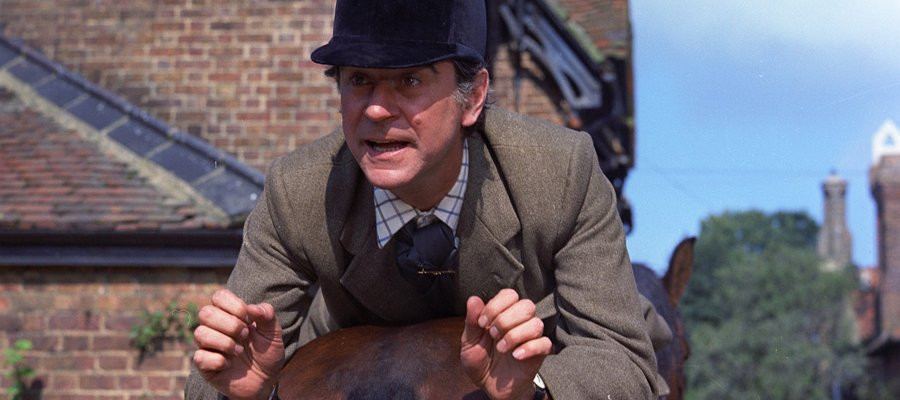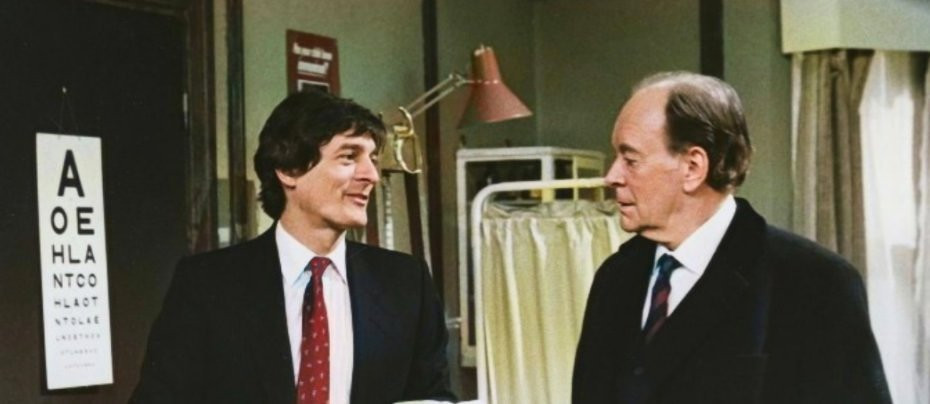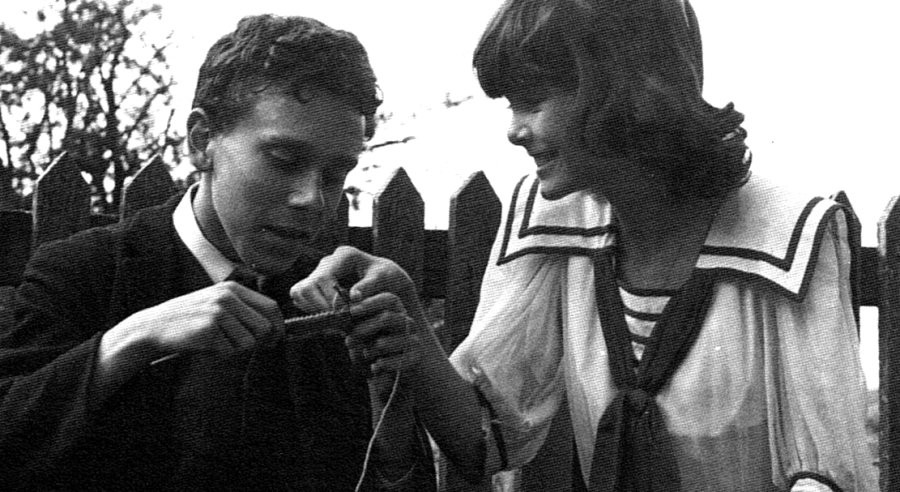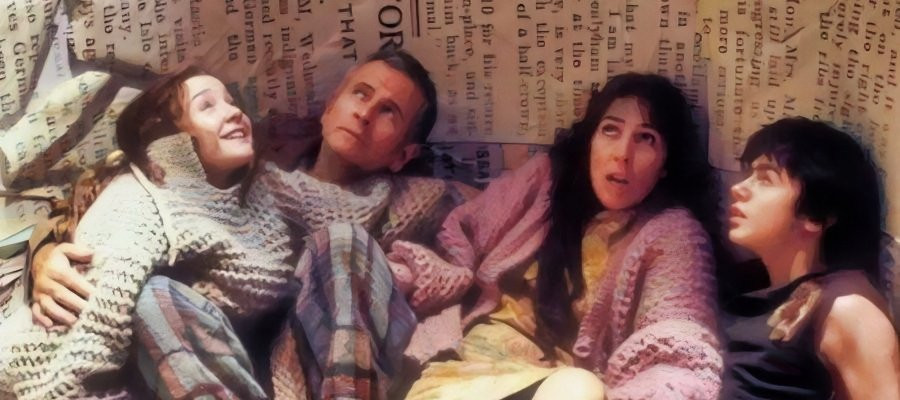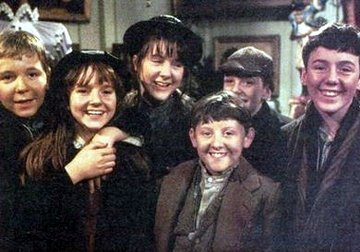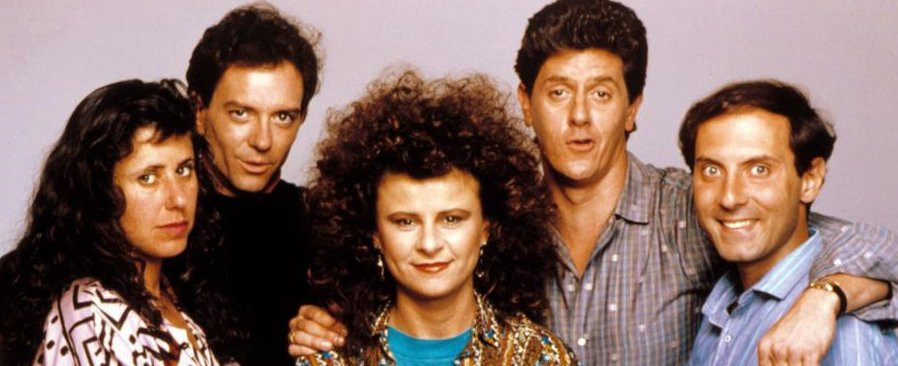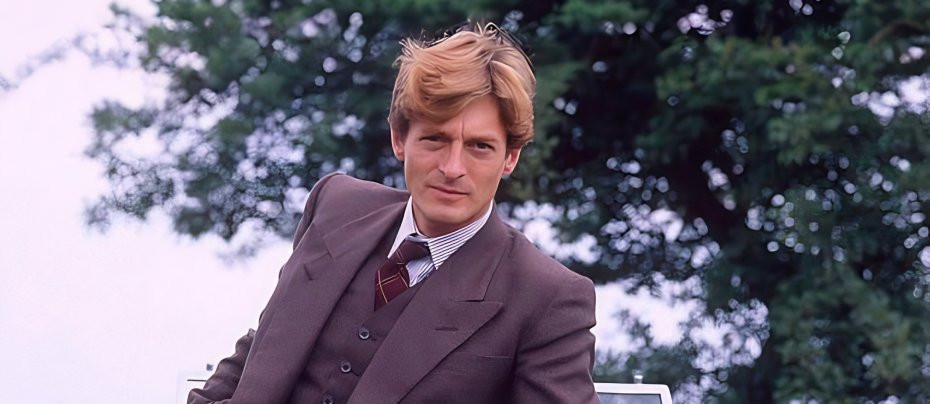
The Charmer
1987 - United KingdomIn 1987, Allan Prior, for London Weekend Television, adapted Patrick Hamilton's 1953 novel, Mr. Stimpson and Mr. Gorse, the second in the Gorse Trilogy, for a six-part series. In Hamilton's original novel Ernest Ralph Gorse, a suave psychopath and conman, relocates to Reading, Berkshire, to stay at the home of a wealthy friend who is visiting Paris. Gorse meets Joan Plumleigh-Bruce at a pub and decides to target her in a fraud scheme. Mrs. Plumleigh-Bruce, the pretentious widow of an Army Colonel, is contemplating marriage to Donald Stimpson, a local estate agent. Both are charmed by Gorse, who falsely claims to have fought heroically in France during World War I, and who pretends to be the nephew of a renowned Army General.
For the screen version, Nigel Havers (Don't Wait Up) embodies the suave and lethal Ralph Ernest Gorse (note the transposition of his first and second name), also known as The Charmer. Gorse, a minor public schoolboy, is a social climber, a seducer of women, and an eternal opportunist. His hunting grounds are the roadhouses, boarding rooms, and grand seaside hotels of the 1920s—places frequented by vulnerable widows and ambitious swindlers.
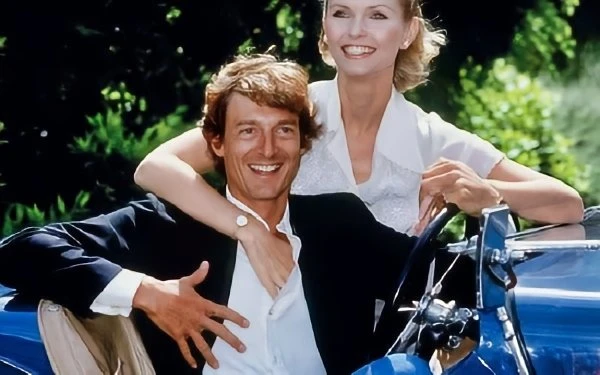
However, Gorse is no traditional English hero. Beneath his charming facade lies a psychopath driven by an insatiable hunger for money and power. His conquests serve as mere stepping stones toward his ultimate desires. Trouble brews when he becomes infatuated with Clarice (played by Fiona Fullerton - Angels). To continue impressing her, Gorse needs every penny he can lay his hands on.
Enter Joan Plumleigh-Bruce (portrayed by Rosemary Leach - The Jewel in the Crown), a wealthy woman whom Gorse has already swindled out of a thousand pounds. But he hasn’t accounted for her estate agent friend, Donald (played by Bernard Hepton - Colditz), who uncovers Gorse’s schemes and seeks revenge.
Sue Thompson, one of the nine costume designers at LWT, took charge of creating all the attire worn in the series. When designing the garments, she kept in mind the director Alan Gibson’s desire for a ‘black and white’ ambiance. Consequently, she opted for contrasting colors such as black, white, cream, grey, and sepia to achieve this effect. While some costumes were rented from theatrical costumiers, those of the main characters had to be meticulously crafted from scratch. Havers, according to Thompson, possessed a look perfectly suited for the period. His abundant style made it relatively straightforward to design his wardrobe. As a power-mad manipulator of women, Havers’ role demanded sharp suits, rakish ties, handkerchiefs, and stylish hats.
This gripping drama, a double BAFTA winner, which also starred George Baker (Inspector Wexford) and Judy Parfitt (Call the Midwife) showcases Nigel Havers’s career-best performance as the psychopathic gigolo, Ralph Gorse.
Seen this show? How do you rate it?
Seen this show? How do you rate it?
Published on March 27th, 2024. Written by Laurence Marcus for Television Heaven.


